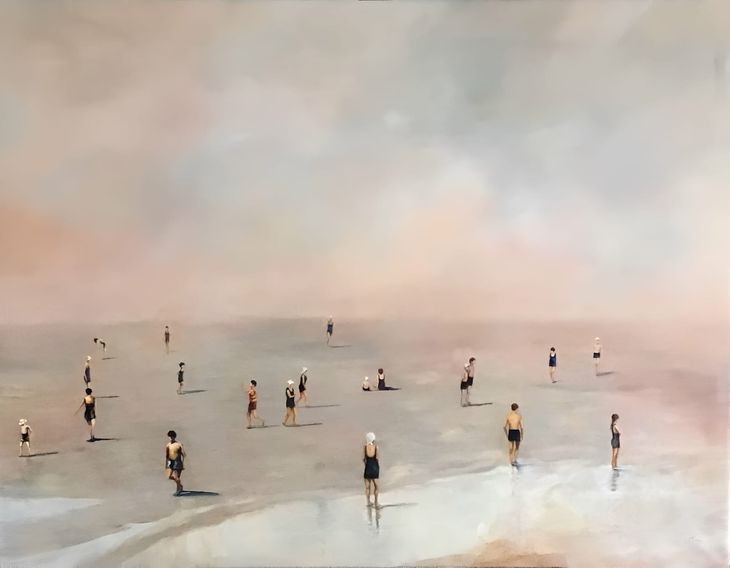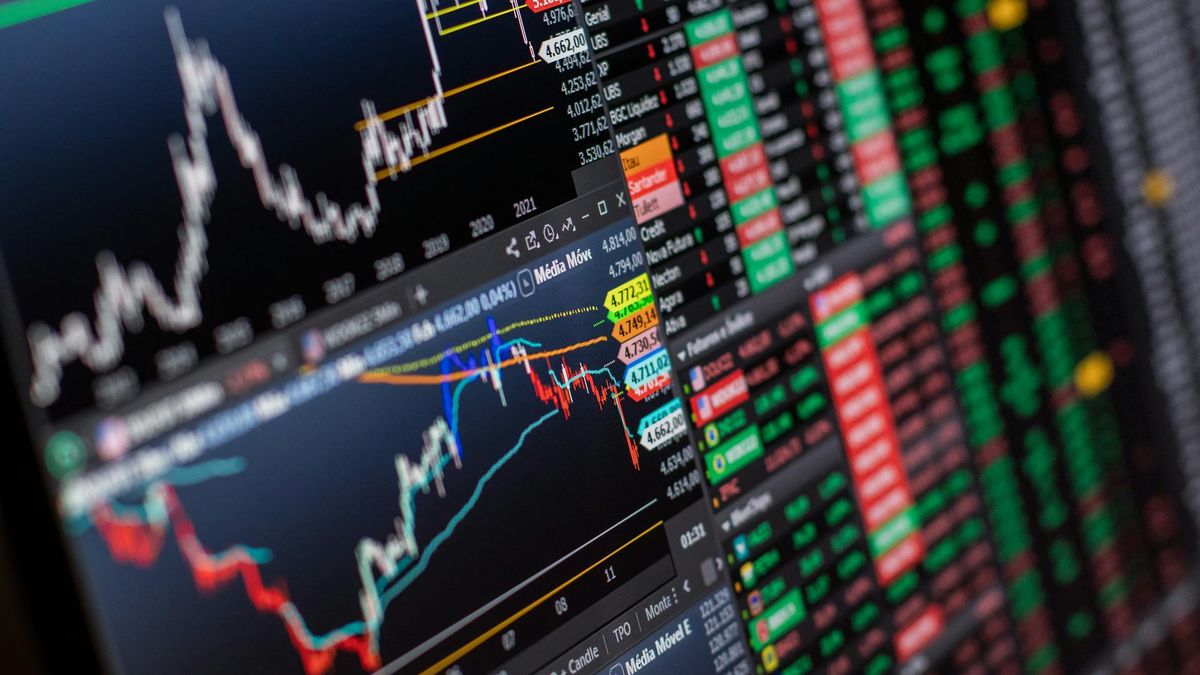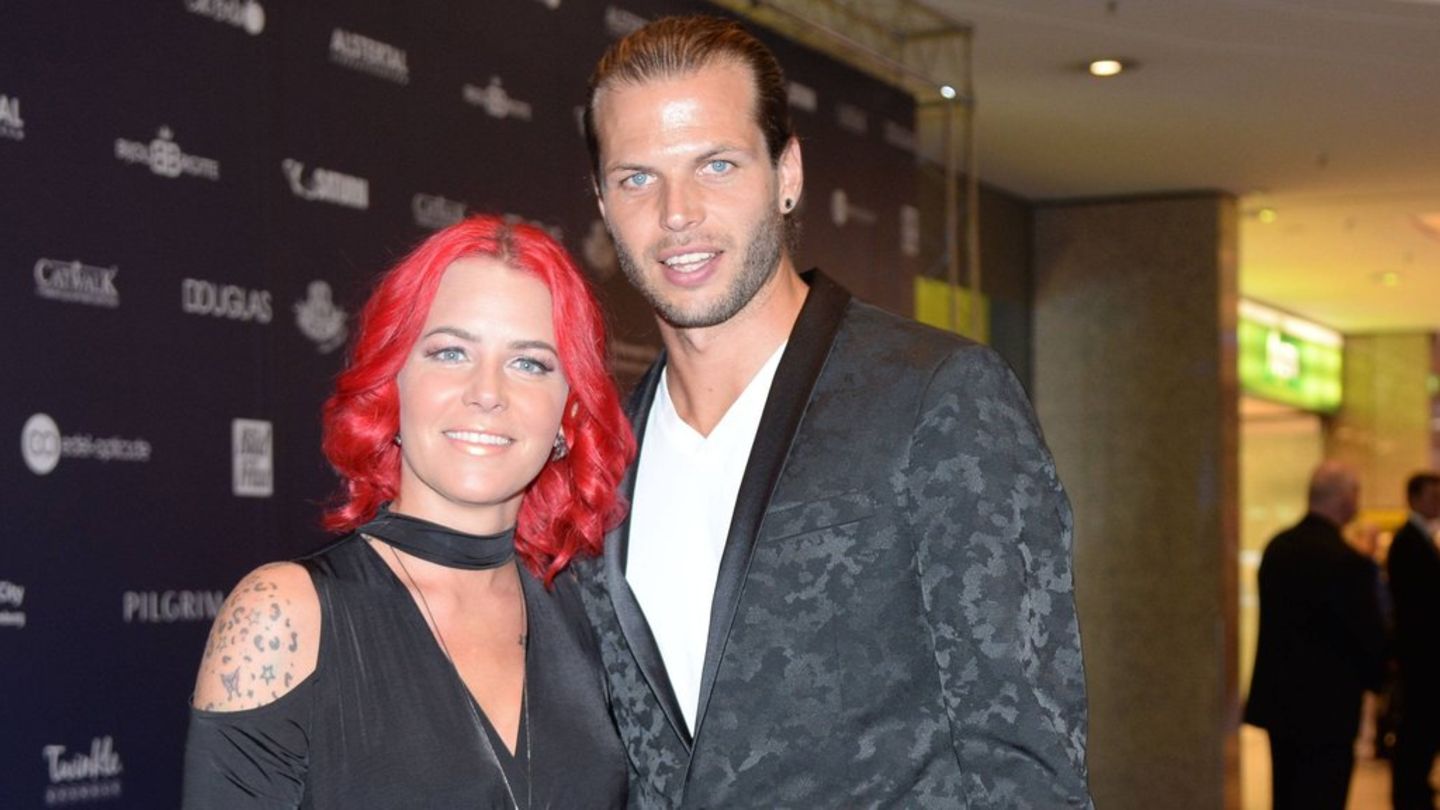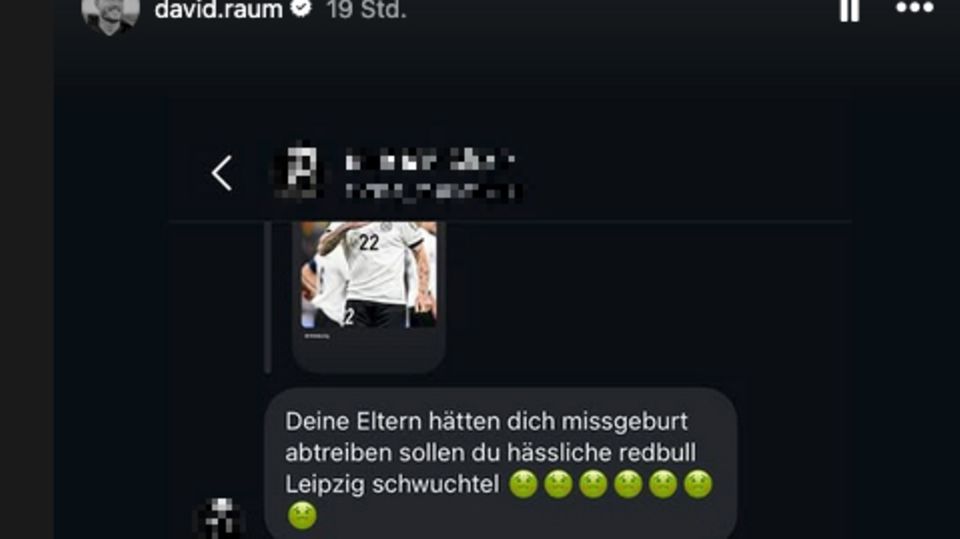It is known that abstract painting emerged in different places in Europe between 1910 and the beginning of the First World War. The German artist Adolf Hoezel (1853-1934) belongs to the same generation of Van Gogh but it will only be incorporated into modern painters after the new century begins. He was a realist painter of genre paintings until he concentrated his attention only on the plastic resources that they create on the picture plane. “a world apart.” He thus arrived at absolute painting, freed from the object.
Another great art artist, considered the father of abstract art, was Wassily Kandinsky (Moscow, 1866- France, 1944) who developed his theory at the end of the 19th century. He dispensed with references, an idea prevailed over the figuration of reality, he did not represent recognizable concrete forms and proposed a pure language by breaking norms and trying to reach the public from intuition and free thoughts. It was the great adventure of modern art and among its postulates it was necessary that each image take something away from the reality of the world, it was necessary that in each image something disappear.
This introduction is useful for the work that Alejandra Cesaro He is currently exhibiting at Rubbers, focused mainly on color treatment. This artist who went through different stages, landscapes, faces, abstract backgrounds, stains, until reaching this series where it concentrates on the monochromaticism of blues, greens, redsand its nuances with the purpose of not cluttering the image.
Thus avoiding the incorporation of many elements following those sacred Kandisk principles: the psychic effect of shapes and colors on those who contemplate and which will be translated “Enter yourself in the painting, let yourself go, decide how you want that painting to be”as we once read in a catalog for an exhibition in Madrid in 2015, an unforgettable walk through a hundred works from the Pompidou.
Born in Buenos Aires, Cesaro studied oil painting with Eduardo Cetner, he held various exhibitions in Paraguay, Miami, New York, Los Angeles and of course in Argentina, several of them organized by Galería Rubbers. He co-exhibits in a show titled “Parallel Paintings” with his teacher Cetner. Why that title? They never cross or come close to each other or touch each other at any point, not even in the extensions. Perhaps they are united by a passion for painting, on that point they agree..
Galleries.jpg
Eduardo Cetner
Born in Buenos Aires in 1956, Cetner He studied painting in France and Spain until 2006, when he returned to Argentina. We learned about her work when she painted a series about immigrants in sepia colors, intense browns characteristic of daguerreotypes, fashionable in the 19th and early 20th centuries. Excellent handling of oil, realistic composition.
Later he began to strip the spaces of figures to make room for the one that reflects the sky that becomes the protagonist, the camera becomes a filming camera in which it captures unusual situations. From that sepia and light skies he went to pristine white clothing, from the clouds to a desolate desert landscape, with few figures, skaters on the ice, scattered in the downspout of the sea, inspired at times by nineteenth-century scenes.
He also dabbled in cinema and literature, for example in “Metropolis”, by Fritz Lang, “The Painted Veil” by John Curran, “The Lover” by Annaud inspired by Marguerite Duras. After “The great downspout”a series about the retreating river as could be seen in lithographs from the colonial era, scenarios where things happen but Cetner It only seeks to perfect the pictorial search.
Perhaps an old-fashioned goal in which art has become spectacle, but Cetner, against the current, still believes in that of aesthetic transcendence. A nostalgic air prevails in his work, with elegant figures, jazz musicians. He never showed a black series. At some point he took a turn: he painted an obese Batman, a cook who looks with pity at a tomato, a fat Botero-style woman. But that already happened and he returned on his own terms.
We remember the art critic Fermin Fevre who pointed out that “He is one of the artists who through painting attempt that communicative action of expanding perception and recovering that intuitive condition of art”. We think of Jean Baudrillard, who asked himself if there was space for an image, for an enigma, to recover something of an aesthetic illusion, disappeared, and that it would be important to recover.
(Closing on May 31. Monday to Friday from 12 to 18. Av. Alvear 1640 Ground floor)
Source: Ambito
I am an author and journalist who has worked in the entertainment industry for over a decade. I currently work as a news editor at a major news website, and my focus is on covering the latest trends in entertainment. I also write occasional pieces for other outlets, and have authored two books about the entertainment industry.




